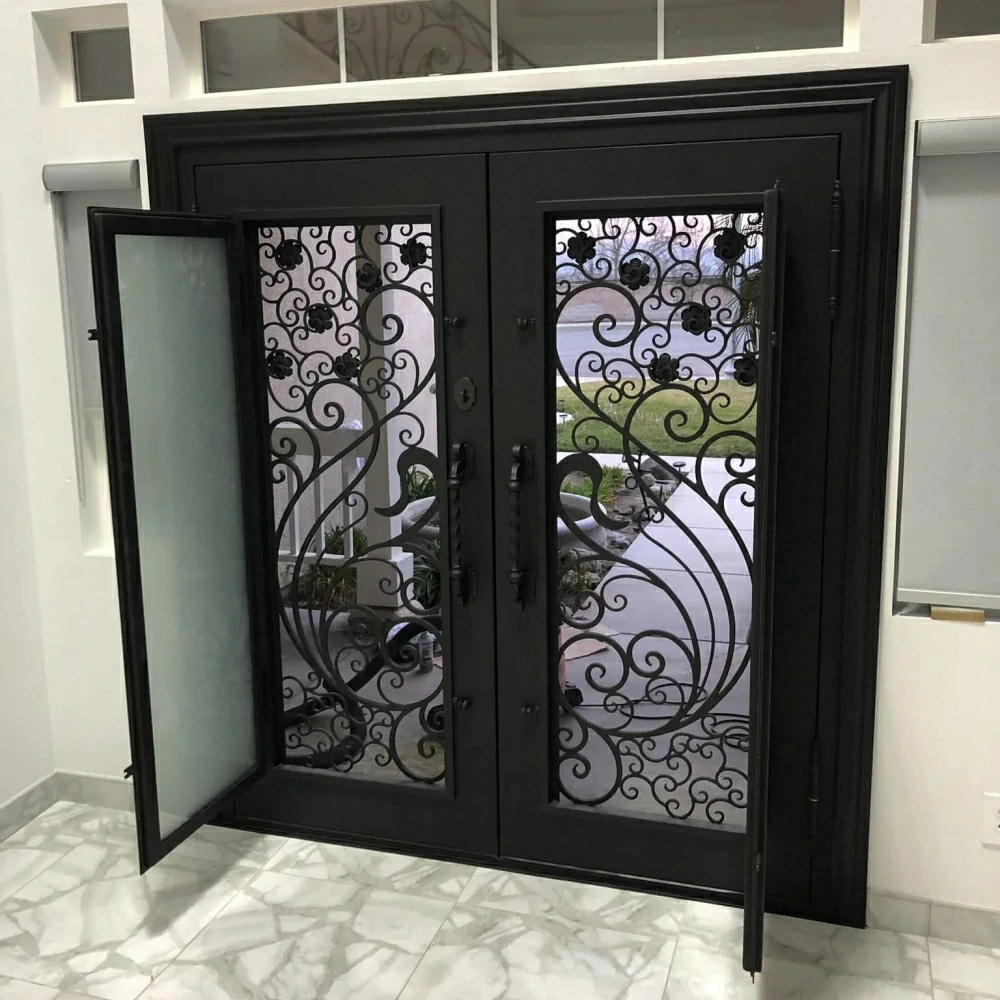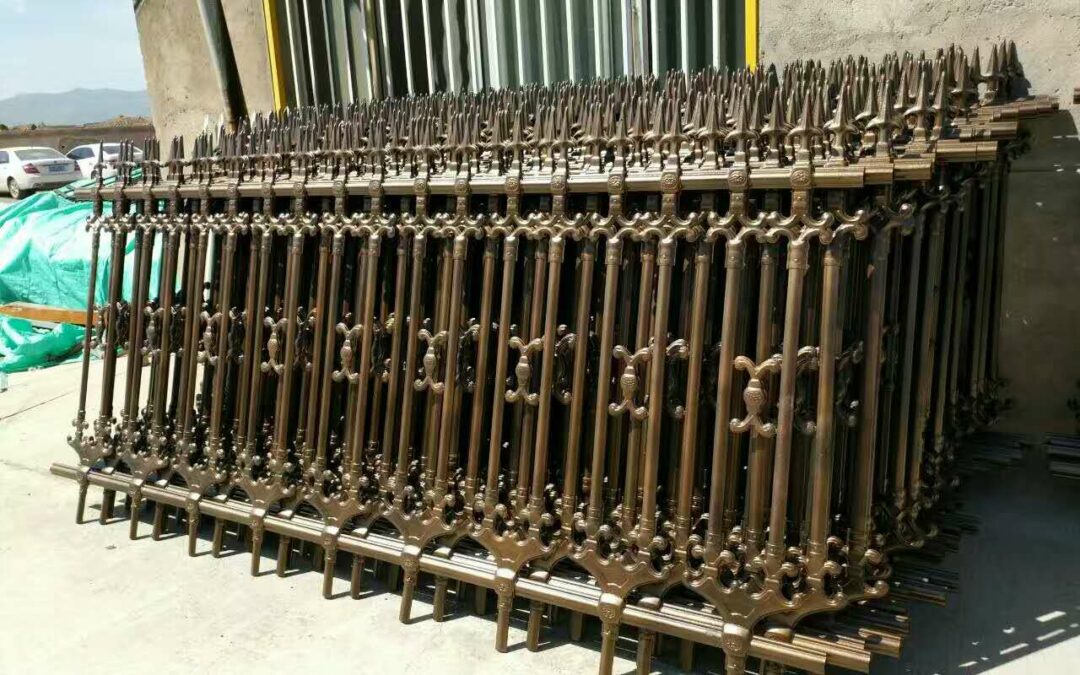The pivot door, an elegant yet practical innovation in architectural design, has become a sought-after feature for both residential and commercial spaces. This unique door system is distinguished by its distinctive pivot hinge mechanism that allows it to swing open with a fluidity and grace not typically found in traditional hinged doors. Pivot doors have the power to transform mundane entryways into focal points that blend aesthetics with functionality, creating a grandiose entrance or exit point.
What is a Pivot Door?

A pivot door is a type of entryway characterized by its weight being supported by pivots rather than hinges, usually placed at the top and bottom of the doorframe instead of on the side. This design enables the door to rotate around a central axis, allowing for wider openings and smoother operation. Pivot doors can be made from a variety of materials such as wood, glass, metal, or a combination thereof, ensuring they can suit any interior or exterior design scheme.
Design Advantages
1.Maximum Space Utilization: Unlike standard doors that require clearance space for their arc of motion, pivot doors operate on a smaller radius, making them ideal for areas where space is limited. They can be designed to open fully flush against a wall without impinging on valuable floor space.
2.Large Scale Appeal: Pivot doors are particularly well-suited for oversized applications. Their unique pivot system allows them to support large and heavy door panels, often used to create dramatic entrances or to seamlessly connect indoor and outdoor living spaces.
3.Aesthetic Impact: With their sleek lines and minimal hardware, pivot doors make a strong visual statement. Whether left in their natural material finish or adorned with custom artwork, they serve as a striking piece of functional art within a building’s design.
4.Enhanced Durability: Due to their robust construction and advanced hardware systems, pivot doors are incredibly durable and long-lasting. They offer superior stability and resistance to wear and tear over time.
5.Ease of Operation: Despite their size, pivot doors are surprisingly easy to open and close due to the balance provided by the pivot mechanism. This smooth operation adds to the luxury feel and user experience.
Applications of Pivot Doors
Pivot doors are increasingly popular in contemporary architecture across various sectors:
Residential: High-end homes and apartments use pivot doors to create a sense of grandeur and openness, especially for main entrances, living rooms, or bedrooms that lead onto balconies or patios.
Commercial: Office buildings, hotels, restaurants, and retail outlets leverage pivot doors to craft memorable first impressions and facilitate seamless transitions between different areas.
Art Galleries & Museums: Large pivot doors are perfect for showcasing exhibitions, providing unobstructed views and a sophisticated atmosphere.
Industrial Spaces: Warehouses and factories might use pivot doors to manage the movement of large equipment or goods, thanks to their capacity to handle significant weight and width.
Pivot doors represent a harmonious blend of form and function, pushing the boundaries of conventional door designs. As architects and designers continue to seek innovative ways to enhance spatial flow and aesthetic appeal, pivot doors stand out as a versatile solution that transcends trends. By offering improved accessibility, increased durability, and a touch of sophistication, pivot doors are becoming a staple element in modern architectural planning and renovation projects.

